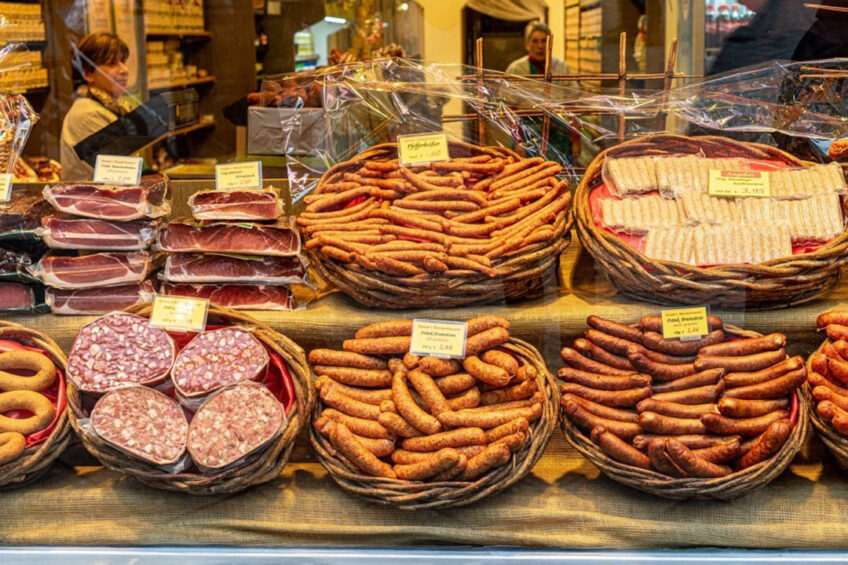A record drop in meat consumption in Germany

The per capita consumption of meat fell by 2.1 kg compared to 2020 and is thus at a new record low since consumption was calculated in 1989.
The Federal Office for Agriculture and Food (BLE) reports that the Federal Information Centre for Agriculture (BZL) released this preliminary data. In total, it revealed, meat with a slaughter weight of 8.3 million tonnes was produced in 2021, which is around 2.4% less than in 2020.
Per capita consumption fell across poultry, pig, beef and veal
In 2021, per capita consumption fell by 1.2 kg for pork, 600 g for beef and veal, and 200 g for poultry compared to the previous year.
The trend towards a more plant-based diet could a reason for this decline. The continued decline in out-of-home consumption at restaurants, canteens or at events due to the Covid-19 pandemic could also have influenced this development.
Poultry, pork, and beef and veal consumption in Germany (kg per capita)
Fewer imports
As in 2020, the drop in consumption in 2021 was accompanied by a drop in imports of meat. While the import of poultry meat was almost constant, meat products and canned goods from pigs, beef and calves saw a drop of 6.8%.
Furthermore, the volume of foreign trade in live animals decreased again in 2021 when imports in particular fell by 19.6 % across all animal species, and exports fell by 1%, reported BLE.
The trend in foreign trade, noted BLE, has an impact on the net production of animals slaughtered domestically. Compared to 2020, 2.4% less pork was produced. For beef, veal and poultry, net production fell 1.6%.
Self-sufficiency in meat
In Germany, and according to preliminary figures, there will be an overall degree of self-sufficiency in meat of 121% for 2021, which is an increase of 2.5 percentage points. In the case of poultry, 96.7% of domestic demand can be covered from domestic production. The self-sufficiency rate for pork is 132.4%, for beef and veal 98.2%.












